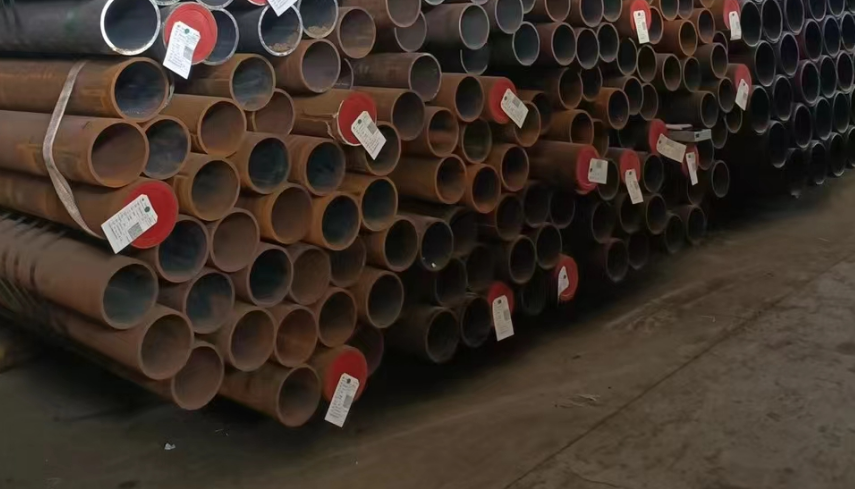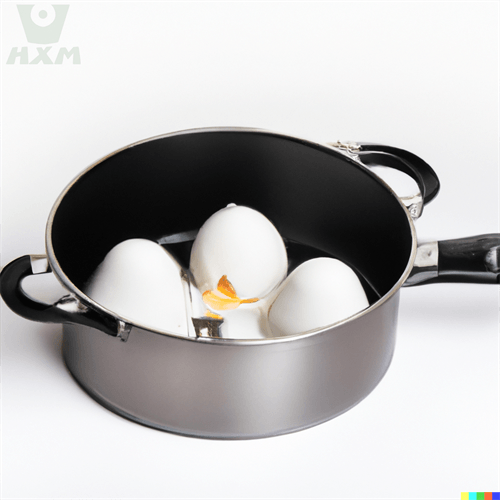Carbon steel pipes are an integral part of numerous industrial applications, ranging from petrochemical processing to water distribution systems. Over time, however, these pipes can accumulate various contaminants such as rust, scale, and other deposits, which can affect their performance and efficiency. Therefore, regular cleaning and maintenance of carbon steel pipes are crucial to ensure their optimal operation. Here’s an overview of how to clean carbon steel pipes:

How To Clean Carbon Steel Pipes?
How to clean carbon steel pipes – 1. Initial Assessment and Preparation
Before embarking on the cleaning process, it is essential to conduct a thorough assessment of the carbon steel pipes. This involves inspecting the pipes for any visible signs of corrosion, damage, or deposits. The location, severity, and nature of the contaminants need to be identified to determine the most appropriate cleaning method.
It is also crucial to prepare the workspace by ensuring adequate ventilation, wearing protective gear such as gloves, goggles, and respirators, and having the necessary cleaning equipment and chemicals on hand. Safety should always be the top priority during any cleaning operation.
How to clean carbon steel pipes – 2. Mechanical Cleaning Methods
Mechanical cleaning methods are often the first line of defense against light to moderate deposits in carbon steel pipes. These methods typically involve the use of brushes, scrapers, or high-pressure water jets.
- Brushing and Scraping: For pipes with accessible surfaces, brushing and scraping can be effective in removing loose rust, paint, and other deposits. Specialty brushes and scrapers designed for pipe cleaning can be used to reach into tight spaces and remove deposits effectively.
- High-Pressure Water Jetting: High-pressure water jetting is a powerful tool for removing deposits from carbon steel pipes. It involves the use of a high-pressure water pump and a nozzle to direct a concentrated stream of water at the pipe walls. This method can effectively remove rust, scale, and other deposits from the pipe interior, leaving a clean surface.
It is important to note that mechanical cleaning methods may not be sufficient for removing stubborn deposits or for cleaning pipes with complex geometries. In such cases, chemical cleaning or other advanced techniques may be required.
How to clean carbon steel pipes – 3. Chemical Cleaning
For pipes with heavy deposits or those that require a deeper clean, chemical cleaning may be necessary. Chemical cleaners are formulated to dissolve or loosen rust, scale, and other contaminants, making them easier to remove.
When selecting a chemical cleaner, it is essential to consider the specific material composition of the carbon steel pipes and the nature of the deposits. Some cleaners may be more suitable for removing rust, while others may be better suited for scale removal. It is also crucial to follow the manufacturer’s instructions carefully to ensure safe and effective use.
During the chemical cleaning process, it is important to monitor the reaction of the cleaner with the pipe material and deposits. Excessive exposure to certain chemicals can damage the pipe walls, so it is crucial to control the cleaning time and concentration of the chemicals used.
After the chemical cleaning, it is essential to thoroughly flush the pipes with clean water to remove any residual cleaning agents or dissolved deposits. This ensures that the pipes are left clean and ready for use.
How to clean carbon steel pipes – 4. Post-Cleaning Inspection and Testing
Once the cleaning process is complete, it is crucial to conduct a post-cleaning inspection to verify the effectiveness of the cleaning methods used. This involves visually inspecting the pipes for any remaining deposits or damage and conducting non-destructive testing, such as ultrasonic or radiographic inspection, to assess the cleanliness and integrity of the pipe walls.
Testing can also be performed to ensure that the pipes meet the required cleanliness standards for their intended use. This may involve measuring the roughness of the pipe walls or conducting chemical analysis to confirm the absence of residual contaminants.
How to clean carbon steel pipes – 5. Preventive Maintenance and Monitoring
Cleaning carbon steel pipes is not a one-time task but rather a part of a continuous maintenance program. Regular inspection and cleaning can help prevent the buildup of deposits and extend the lifespan of the pipes.
Additionally, it is important to monitor the operating conditions of the pipes to identify any potential sources of contamination. This may involve regularly checking for leaks, corrosion, or other signs of pipe deterioration. By addressing these issues promptly, you can minimize the need for extensive cleaning operations in the future.
Conclusion
Cleaning carbon steel pipes is a complex yet crucial task that requires a combination of mechanical, chemical, and preventive maintenance techniques. By adhering to these guidelines, you can ensure that your carbon steel pipes remain clean, efficient, and safe for their intended use.
Thank you for reading our article and we hope it can help you to have a better understanding of how to clean carbon steel pipes. If you are looking for Carbon Steel Pipe suppliers and manufacturers online now, we would advise you to contact Huaxia Steel.
As a leading supplier of carbon steel products from Shanghai China, Huaxia Steel offers customers high-quality carbon steel, tool steel, alloy steel, and carbon steel tubes at a very competitive price.








